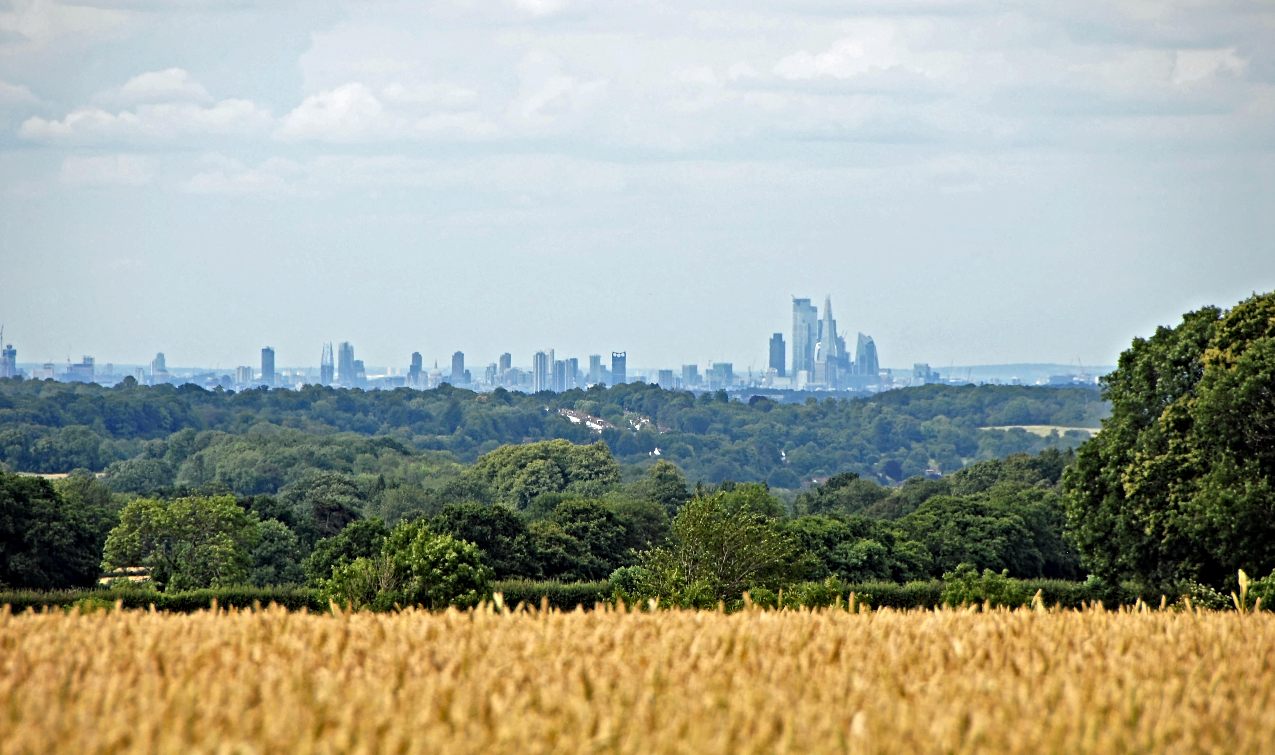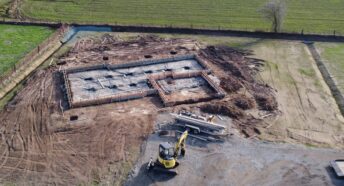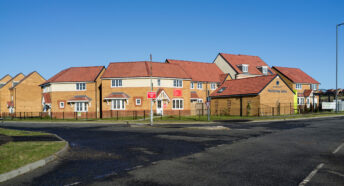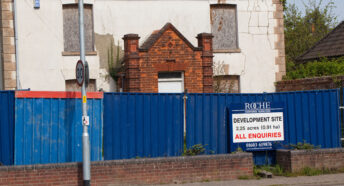New research shows space for 1.3m homes on recycled land is being ignored
CPRE’s latest report on the state of brownfield in England has found that this previously developed land could accommodate over 1.3 million new homes – an increase of almost 10% on 2020.
But with the proportion of brownfield plots with planning permission currently the lowest since records began – down from 53% last year to 44% now – it is clear that, despite recent warm words from the government, these sites are not being prioritised.
Instead, housing developers continue to target the countryside’s green fields, even as they become more vital than ever for tackling the climate and biodiversity crises.
Our Recycling our land report cites the example of Trafford in Greater Manchester, where the council is proposing that warehouses, 5,000 homes and four new roads are developed on Carrington Moss – an area with significant amounts of Green Belt, peatland, woodland and prime agricultural land – despite plentiful supplies of suitable brownfield land in the area.
Build on brownfield first – a ‘win-win’ solution
CPRE is calling for new national planning policies to prioritise the recycling of land for housing. This approach could also allow areas like the West Midlands to enjoy huge economic and social benefits from the transformation of their derelict sites into quality homes – with space for nearly 100,000 in this region alone.
The Conservative mayor of the West Midlands, Andy Street, is certainly keen, telling CPRE: ‘The simple fact is there is no excuse to destroy the countryside while so much brownfield land is available for housing … levelling up our towns and cities so that they are thriving, attractive places to live and work – with nature on the doorstep to be explored and enjoyed.’
CPRE President Emma Bridgewater has personal experience of reviving derelict land and buildings in the West Midlands through her Stoke pottery factory. She launched our report by calling for the return of a ‘brownfield first’ policy, as a ‘win-win solution that holds back the tide of new buildings in pristine countryside and aids urban regeneration at a stroke.’
A change of direction?
Emma also welcomed the government’s ‘warm words on developing brownfield land first’ as ‘a welcome change of direction’, referring to the new housing secretary Michael Gove’s recent evidence to the housing, communities and local government select committee.
On 8 November, Mr Gove told MPs, ‘I am very keen, working with Homes England and local government, to get a brownfield first policy that really works, and to provide people with the sort of housing that is welcomed and needed … and, I hope, affordable in urban settings that we need to concentrate on.’
This is great news for our campaign, and follows the housing secretary’s October pledge that ‘making the most of previously developed land is a government priority and it will help protect our cherished countryside and green spaces.’ We at CPRE have long argued that well connected brownfield sites can provide the homes people need – close to jobs, services and existing infrastructure.
Time for action
CPRE believes the best way to achieve this is to incorporate a comprehensive ‘brownfield first’ policy in the National Planning Policy Framework, to ensure suitable brownfield land is developed before any greenfield or Green Belt land is considered. To be clear, we’re not talking about the disused sites that are important for wildlife, but the wasted spaces that blight so many communities.
Find out more about CPRE’s campaign for brownfield first at: Brownfield is best
And because current costs and policies have led to very low levels of affordable housing in brownfield developments, we want to see the government’s New Homes Bonus payments re-focused specifically on improving affordability on these sites.
Help us support urban regeneration and save green fields
Want to help us keep the pressure on the government to introduce these sustainable solutions? Please consider joining our movement as a member now, or make a one-off or regular donation. Your support is greatly appreciated and could make a real difference.
If you’d like to get involved in a more practical way, September 2021 saw the online launch of our Brownfield Land Register Toolkit, first developed by CPRE Lancashire, to help local people tell their councils about vacant sites. It’s an easy way to help make sure suitable land is constantly being added to registers. Why not see what wasted spaces could be regenerated in your area?
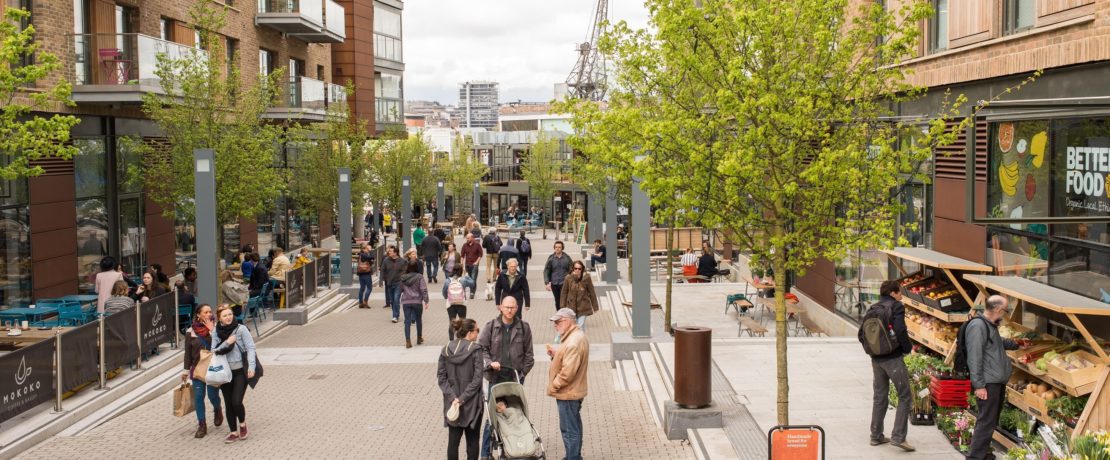



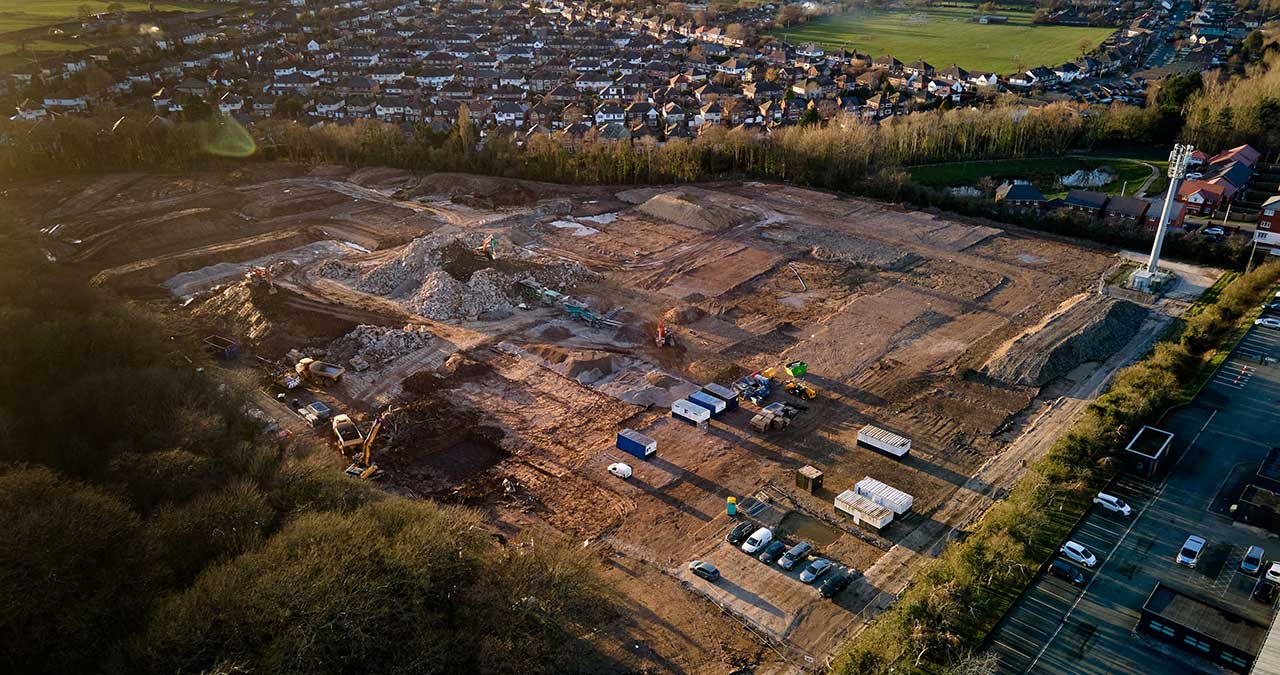
 8 min read
8 min read 
